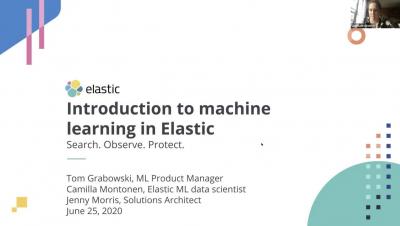Five worthy reads: How augmented data management can pave the way for better decision-making
As there are more advances in data use, businesses must ensure they’re delivering value by utilizing all data sources present in their environments. Irrespective of the source of data, be it operational or transactional systems, smart devices, social media, video, or text, it’s what the business does with the data available that determines its value strategy.









